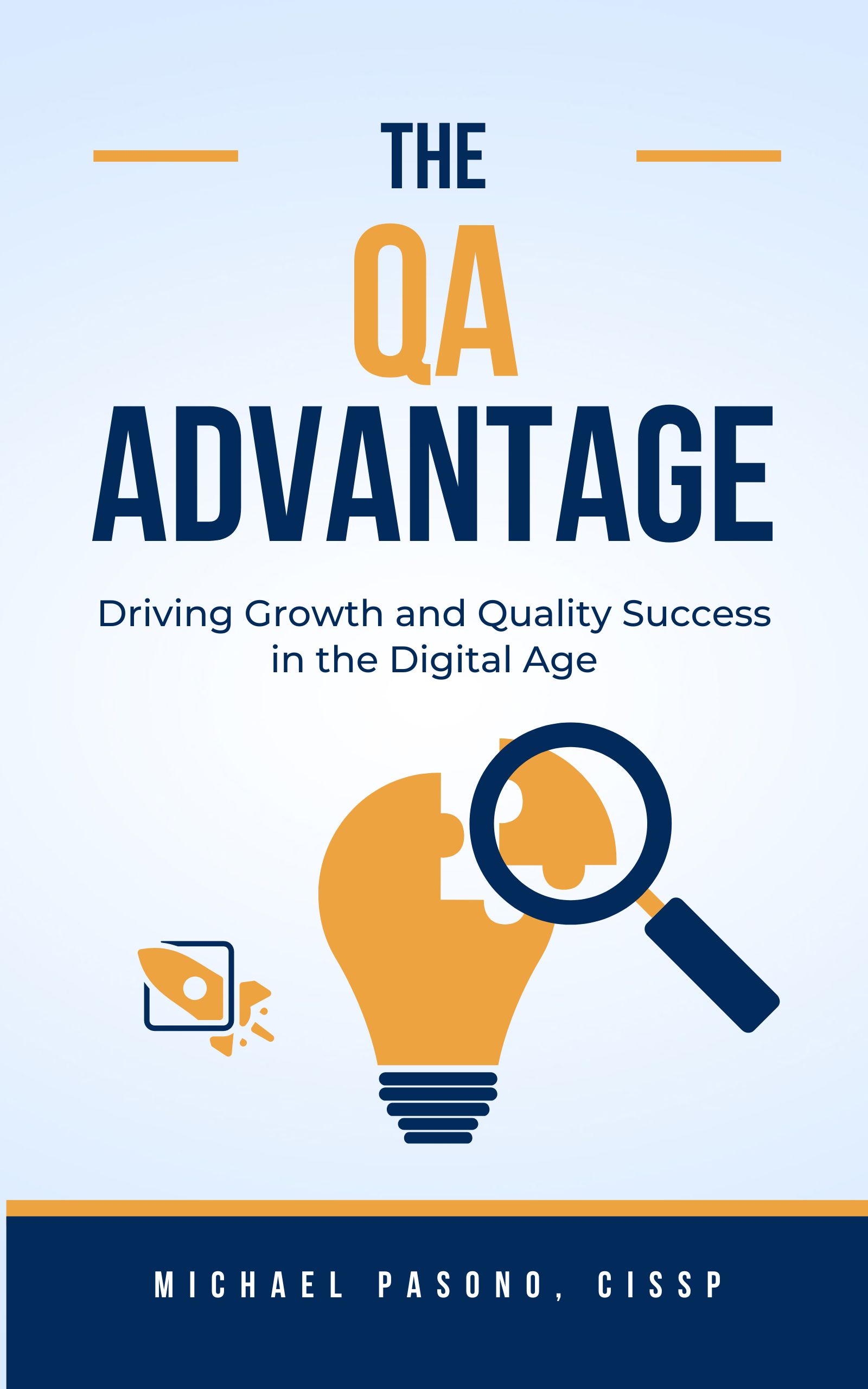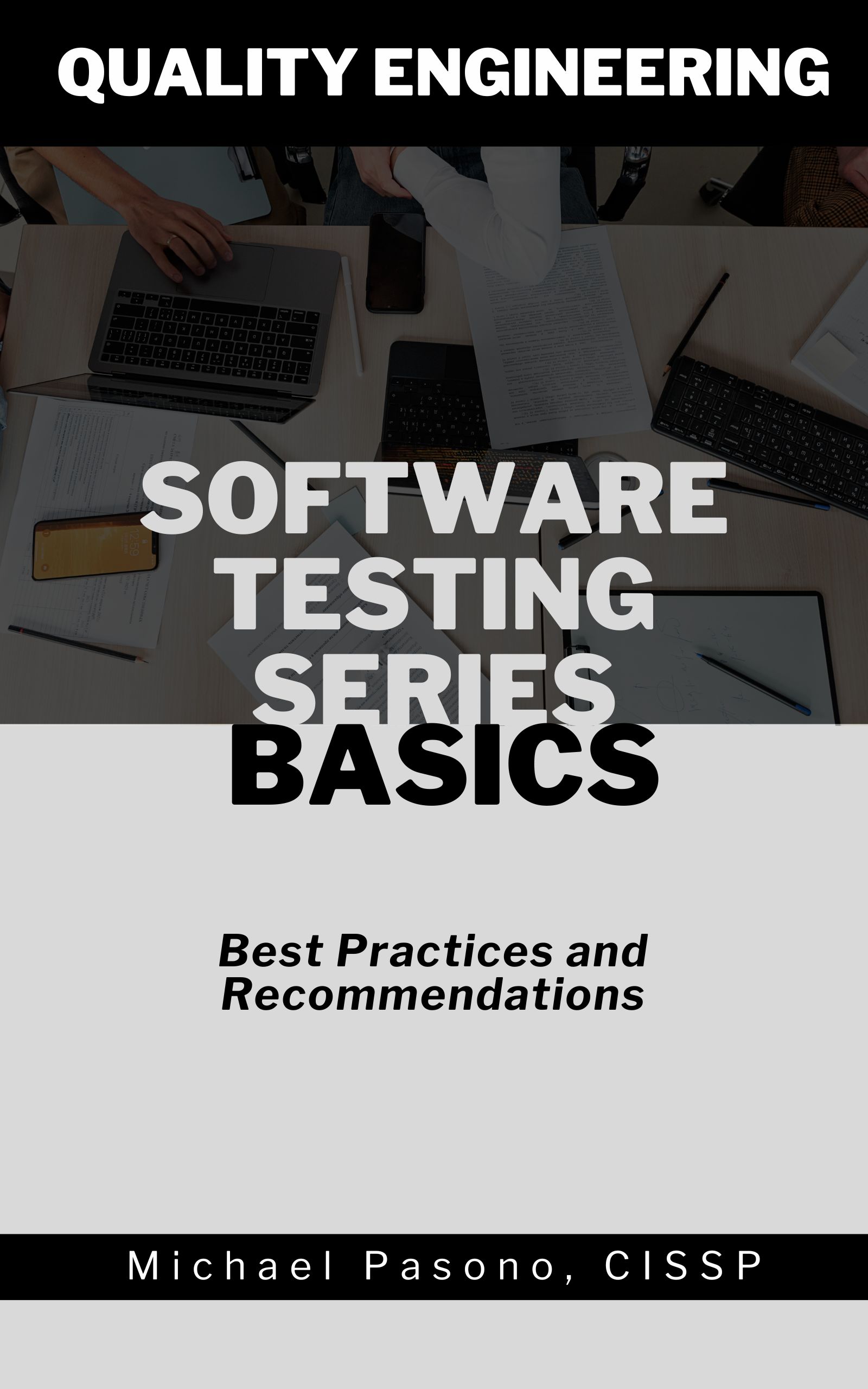Why do I need an Assessment
A top goal for a business owner or product owner is to have a high-quality product or service. To get to that point, you likely need to be at the highest level of testing maturity to accomplish this. To measure your product or service, you must have a QA Process Maturity Assessment.
The benefits for reaching the highest level of maturity are as follows (not a complete list):
- Customer Satisfaction
- Increased Sales
- Lower Support Staff
- Less Human Errors
- Competitor Envy
Definition
According to ISTQB (International Software Testing Qualifications Board) the definition of maturity is the following: (1) The capability of an organization with respect to the effectiveness and efficiency of its processes and work practices. (2) The degree to which a component or system meets needs for reliability under normal operation.
While this explains what maturity means, still need to address a systematic approach to assessing that maturity and aligning that to a level. The testing industry leverages a process called TMMi (Testing Maturity Model Integration).
According to ISTQB (International Software Testing Qualifications Board) the definition of Testing Maturity Model Integration is the following: A five-level staged framework for test process improvement, related to the Capability Maturity Model Integration (CMMI), that describes the key elements of an effective test process.
Measuring Test Maturity
The 5 maturity levels within TMMi are as follows:
- Initial
- This is the lowest level and usually for businesses that have no QA or testing practice.
- This is the lowest level and usually for businesses that have no QA or testing practice.
- Managed
- Where the fundamental test approach is established and managed, which may vary from project to project within an organization with test policy and strategy being a focus area. This provides direction for planning monitoring and control, test design techniques with each project having control over test execution. At level 2 test environments are also in place for projects.
- Where the fundamental test approach is established and managed, which may vary from project to project within an organization with test policy and strategy being a focus area. This provides direction for planning monitoring and control, test design techniques with each project having control over test execution. At level 2 test environments are also in place for projects.
- Defined
- Establishes that all projects are following the same standards and procedures throughout the organizations or organizational unit. Level 2 is still being done, and teams are now organized, test training programs exist, test is integrated into the development life cycle and integrated into all projects from early in development. Non-functional testing is planned and executed in all projects and reviews are used in each project as well.
- Establishes that all projects are following the same standards and procedures throughout the organizations or organizational unit. Level 2 is still being done, and teams are now organized, test training programs exist, test is integrated into the development life cycle and integrated into all projects from early in development. Non-functional testing is planned and executed in all projects and reviews are used in each project as well.
- Measured
- Measurement of activities and outcomes are thoroughly applied early in all projects to establish at each stage of development the projects are as defect free as possible. Advanced reviews are in use throughout all projects building on the review practices introduced at 3.
- Measurement of activities and outcomes are thoroughly applied early in all projects to establish at each stage of development the projects are as defect free as possible. Advanced reviews are in use throughout all projects building on the review practices introduced at 3.
- Optimization
- At this level all activities and outcomes are assessed and optimize activities are in place to ensure continuous improvement toward defect prevention and optimized quality.
more QA Information
Knowing how to properly assess your testing maturity and which techniques to apply are what makes Quality Assurance experts needed more than ever.
Please visit Apply QA to let us help you cover all aspects of conducting a QA Testing Maturity assessment and formulating an action plan for your product or service to improve it’s quality.
For more QA related information, articles, or services, please visit https://applyqa.com










